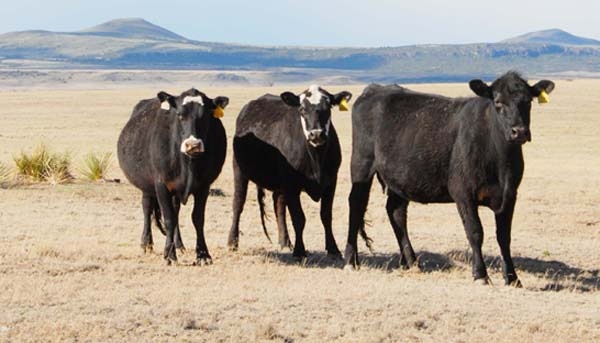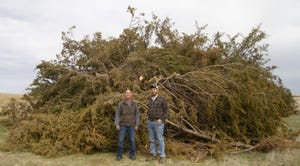U.S. Drought In 2013 Hurts Cattle Ranchers With Dry, Poor Wheat Crop
As the 2012 drought continues into 2013, ranchers are getting increasingly worried.
January 16, 2013

Oklahoma rancher Kent Donica has given up. The drought that has ravaged pastures on his ranch and throughout the region has won.
Since last September, Donica has sold nearly all of his 800 cattle because there is no pasture to feed them and he now works as a ranch hand nearby to make ends meet until it rains again.
Last autumn, he had hoped his winter wheat crop would feed his cattle and keep his ranching business going. The wheat also would reduce the need to buy high-priced feed like corn, which would wipe out earnings from the cattle he fattens and sells.
But the worst dry spell in half a century stopped the wheat crop from sprouting properly, depriving Donica's herd of the green shoots that would have sustained it through winter.
Donica is not alone. Across the Southern Plains, the worst ever starts to the winter wheat crop have put in jeopardy ranches that depend on wheat pasture for cheap feed, raising the prospect of higher beef prices this summer.
U.S. farmers, squeezed by high prices for corn and other fodder on one hand, and drought that has parched pastureland on the other, are cutting back their herds in a bid to survive. The U.S. cattle herd has shrunk to 91 million animals, the smallest in 60 years.
More pain seems to be on the horizon for ranchers after USDA on Friday reduced its estimates for corn stocks, sending Chicago Board of Trade corn futures sharply higher. Meaning anyone feeding corn to cattle, hogs, chickens and other animals, will pay more for it.
"The drought has absolutely put me in a survival mode and I finally decided there was no way to fight this," says Donica, who now tends a nearby rancher's cattle to pay expenses.
You May Also Like
.png?width=300&auto=webp&quality=80&disable=upscale)


